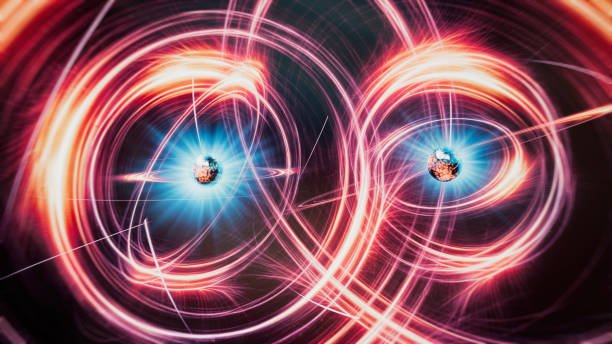A groundbreaking discovery at CERN has revealed a key difference in how matter and antimatter particles decay, potentially explaining why our universe contains so much matter but almost no antimatter. This finding could help solve one of physics’ greatest mysteries.
The Key Discovery
- Researchers observed different decay patterns between beauty-lambda baryons (matter) and their antimatter twins
- Data came from CERN’s LHCb experiment collected between 2009-2018
- The odds this difference occurred randomly: less than 1 in 3 million
- First time such a difference has been seen in baryon particles
Why This Matters
The universe contains almost no antimatter despite both forms being created equally in the Big Bang. This new finding:
- Provides clues about why matter dominated
- Adds a crucial piece to the cosmic puzzle
- Could help explain our matter-filled universe
Expert Reactions
- Tim Gershon (University of Warwick): “This is a first for baryon particles”
- Tara Shears (University of Liverpool): “Addresses a fundamental physics mystery”
- Yuval Grossman (Cornell): “While not the full answer, it’s an important step”
The research, shared on arXiv, moves scientists closer to understanding one of nature’s most puzzling imbalances.




















